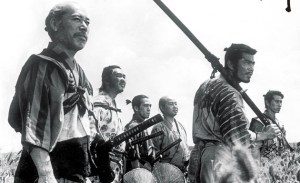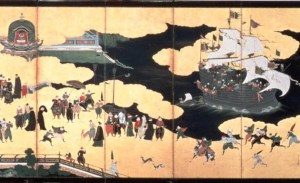An ancient capital of excellent old architectures and images of Buddha – Horyu-ji Temple, the World Cultural Heritage Site
Nara prefecture is situated in the central west of the Japanese mainland. The capital was placed in the Asuka region, a southern part of Nara Basin in the northwestern part of the prefecture, as the first of unified Japan in the mid 4th century, and until the end of the 8th century Asuka prospered as the center of Japanese politics and economy. Later, the capital was moved to Heijyo-kyo, the current Nara City.
Under the protection of the Imperial family and aristocrats, temples and shrines such as Todai-ji Temple, the largest wooden architecture in the world that enshrines Japan’s largest Buddha, Yakushi-ji Temple that has excellent old architectures and images of Buddha, and Toshodai-ji Temple were built. Thus Heijyo-kyo developed as a temple town.
Horyu-ji Temple in Ikaruga Town, which is said to have been built in the early 7th century, is known as the oldest existing Buddhist temple. There are world’s oldest wooden architectures as well as many paintings and sculptures in its possession, and the Temple is also registered as the World Cultural Heritage Site.
Tourists visit this prefecture throughout the year to see scenic spots such as Mt. Yoshino-yama known to have the most beautiful cherry trees, and Nara Park that has friendly deer that has been considered familiar spirit and treasured.
Getting to Nara
About 2 hours 15 minutes from Tokyo Station to Kyoto Station by JR Tokaido Shinkansen Line, and about 39 minutes from Kyoto Station to Kintetsu Nara Station by Kintetsu Line. About 39 minutes from Kintetsu Nanba Station to Kintetsu Nara Station by Kintetsu Nanba-Nara Line.


